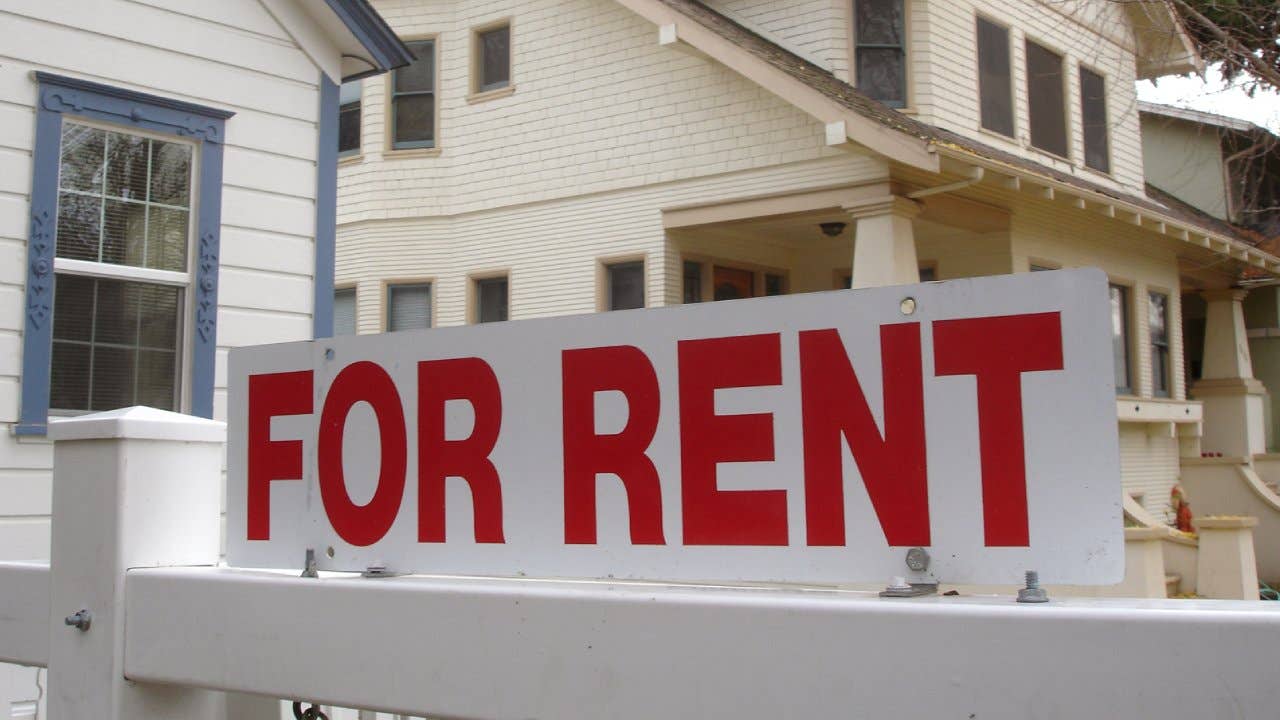Understanding the 1% rule for real estate investors

Thinking of investing in real estate? Before buying an investment property, you need to make sure that it will generate at least enough money to cover your monthly carrying costs — and, ideally, more. That’s where the 1 percent rule comes into play. This real estate rule of thumb helps investors determine whether a particular property will be profitable for them, based on its purchase price and monthly rent. Here’s how it works.
What is the 1% rule in real estate?
The 1 percent rule is a real estate investment guideline that lets investors quickly estimate the minimum monthly rent they must charge to break even (at minimum) on a particular property. Specifically, the rule suggests that the rent on an investment property should be equal to or greater than 1 percent of the property’s sale price.
Here’s another way of looking at it: When viewing potential rental properties, investors can use the 1 percent rule to help decide whether the purchase price is worth the income it’s likely to generate.
It’s important to mention that the 1 percent rule is simply a guideline, not a hard-and-fast rule. It doesn’t take into account all the factors that could influence whether or not a potential property is worth the investment at the time. It’s a convenient (albeit imperfect) shortcut to calculate the approximate amount you’ll need to charge in monthly rent in order to make a profit.
How it works and how to calculate it
To calculate monthly rent using the 1 percent rule, simply multiply the home’s purchase price by 1 percent. If repairs are needed, add the repair costs in with the purchase price.
For example, let’s say you’re looking at a duplex home listed at $250,000 that’s in good condition and doesn’t need any immediate repairs. Using the 1 percent rule, you’d need to bring in at least $2,500 per month total, or $1,250 per unit, to cover your costs.
Now, let’s say you’re looking at a $150,000 single-family home that needs $25,000 worth of repairs. In that case, you would multiply $175,000 by 1 percent to get a minimum monthly rent of $1,750.
You can also apply the 1 percent rule to gauge whether or not a property might be a good investment based on its historical rent. For instance, if a home is listed for $200,000 and the most recent tenants paid $1,500 per month, that’s less than 1 percent — and, therefore, probably not an attractive investment. But if the tenants were paying $2,500 per month, the property would pass the 1 percent rule.
What it doesn’t take into account
There are some limitations to the 1 percent rule. For example, while it does factor in any initial repairs that the property needs, it doesn’t consider the ongoing costs of homeownership. Property owners typically bundle these costs into their tenants’ rent, but if you use the 1 percent rule, these expenses won’t be reflected in the monthly rent total.
Mortgage rates
The monthly cost of a mortgage depends, of course, on the mortgage’s interest rate. The same $200,000 property may be a good investment at 5 percent but not so much at, say 6.5 percent. Be sure to factor in your loan terms and what your monthly mortgage payment will be before investing in any property.
Maintenance and upkeep
As a property owner, you’ll have ongoing upkeep costs like lawn care, HVAC maintenance and pest control. Some of these expenses can be unpredictable, which can make it difficult to prepare for them, so budget wisely.
Property taxes and insurance premiums
You’re responsible for paying your home’s annual property taxes, which vary widely by state and municipality. The median property tax bill in the U.S. is $2,375, according to World Population Review. In addition, you’ll need to purchase insurance for your property — specifically landlord insurance, which is typically more expensive than standard homeowners insurance.
Homeowners association fees
If the property is in a community managed by an HOA, you’ll need to pay regular dues. These can range quite a bit depending on the amenities and services offered, so make sure you know exactly how much you’ll have to tack on to your monthly expenditures to cover them.
Atypical markets
The 1 percent rule may not apply in particularly pricey markets, like San Francisco and New York City. For example, the median sale price of a home in San Francisco was $1,385,000 in January 2023, according to the California Association of Realtors. Using the 1 percent rule, you’d need to charge more than $13,800 per month in rent just to break even, which is simply unrealistic for most rental properties.
Other real estate rules to know
There are several common real estate guidelines based on percentages. Here are a few others that might be useful:
- The 2 percent rule: The same idea as the 1 percent rule, just a bit stricter. It suggests that any property should generate at least 2 percent of its purchase price in monthly rent.
- The 28 percent rule: This guideline recommends that you spend, at most, 28 percent of your gross monthly income on your mortgage payment. Many lenders consider this when reviewing your application.
- The 70 percent rule: The 70 percent rule helps house flippers determine how much they can spend on a property based on its after-repair value (ARV) — the home’s expected value after renovations are complete.
Bottom line
If you’re in the early stages of evaluating rental properties to invest in, the 1 percent rule is a quick and easy way to estimate the minimum amount you’d have to charge in rent to make a profit. Keep in mind, however, that it’s just a general rule of thumb, so you shouldn’t rely on it to provide a precise figure.
Why we ask for feedback Your feedback helps us improve our content and services. It takes less than a minute to complete.
Your responses are anonymous and will only be used for improving our website.






